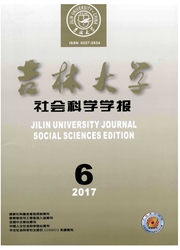

 中文摘要:
中文摘要:
具有空间数据管理和空间数据分析功能的GIS,是环境考古学研究的重要手段。运用GIS对遗址的空间位置与环境间的关系以及遗址域进行定量分析,可研究古代遗址的分布模式,人类对不同资源的开发过程,以及对应环境变化的生存策略;对不同类型的遗址进行可视域分析,可研究遗址的功能及其在区域中的地位;对遗址的分布模式与资源间关系进行分析,可以研究社会不同人群对资源的控制以及社会等级的划分及过程。
 英文摘要:
英文摘要:
GIS with space data managing and analyzing function is the main means of the environment archaeology study. Applying it to quantitative analysis of the relation between the site space situation and the environment, as well as the site catchment, we can study the distributing pattem of the ancient site, the human exploitation of different resources, and the survival strategy in the changing condition. Through the analysis of the site visibility in different type of sites, we can study the function of the site along with its status in the whole region. Through the analysis of the relation between the distributing pat- tern and the natural resource, we can study the control of different groups of over resources people, and the division of different social levels.
 同期刊论文项目
同期刊论文项目
 同项目期刊论文
同项目期刊论文
 期刊信息
期刊信息
